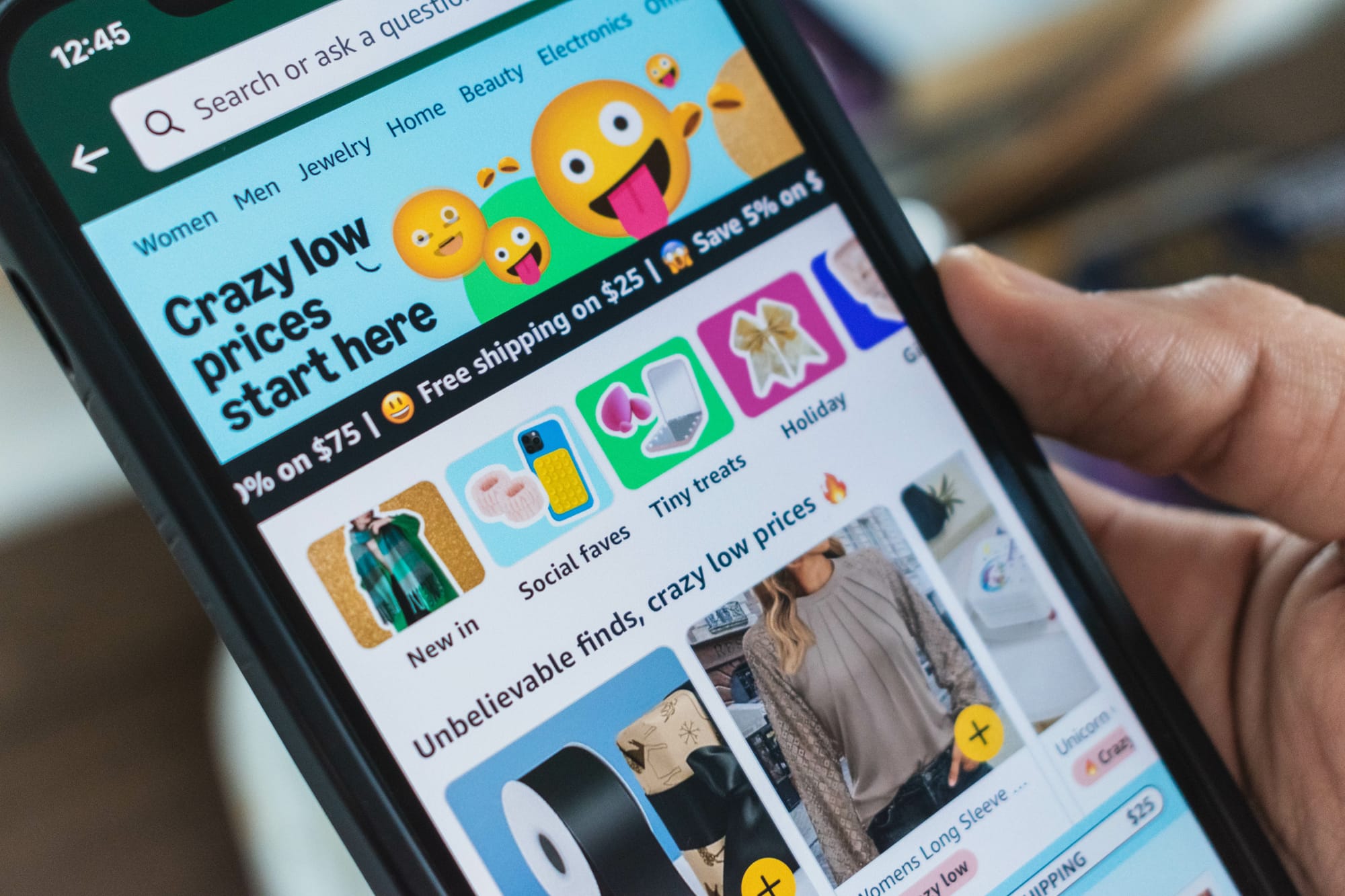The latest dust-up between Amazon and the White House over tariffs shines a harsh light on how trade policy is hitting American consumers and retailers where it hurts most: their wallets and their trust. Reports that Amazon considered displaying the extra costs U.S. tariffs add to prices on its budget-friendly Haul platform sparked immediate backlash from the Trump administration, which called the idea “a hostile and political act”. President Trump himself phoned Jeff Bezos to voice his displeasure, and Amazon quickly clarified that the plan was never approved and would not move forward.
At the heart of the controversy is a simple question:
Should consumers see how much tariffs are driving up the cost of everyday goods?
With tariffs on Chinese imports soaring as high as 145%, and the popular “de minimis” exemption for low-cost imports now gone, prices on everything from umbrellas to baby strollers are set to spike. While the White House insists this is about “reshoring supply chains” and “buying American,” experts warn that these policies risk higher prices, supply disruptions, and even recession-level shocks for shoppers and small businesses alike.
Amazon’s Haul, designed to compete with ultra-low-cost rivals like Temu and Shein, is ground zero for this debate. As tariffs reshape the landscape, the real losers may be the consumers left in the dark about why their bargains suddenly cost so much more. In a time of economic uncertainty, transparency shouldn’t be controversial-it should be common sense.




Discussion